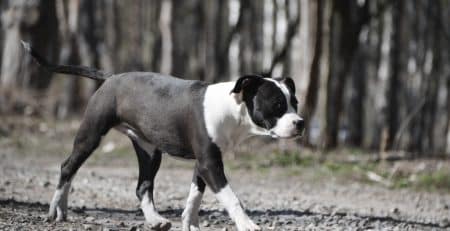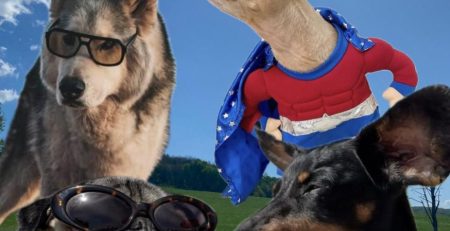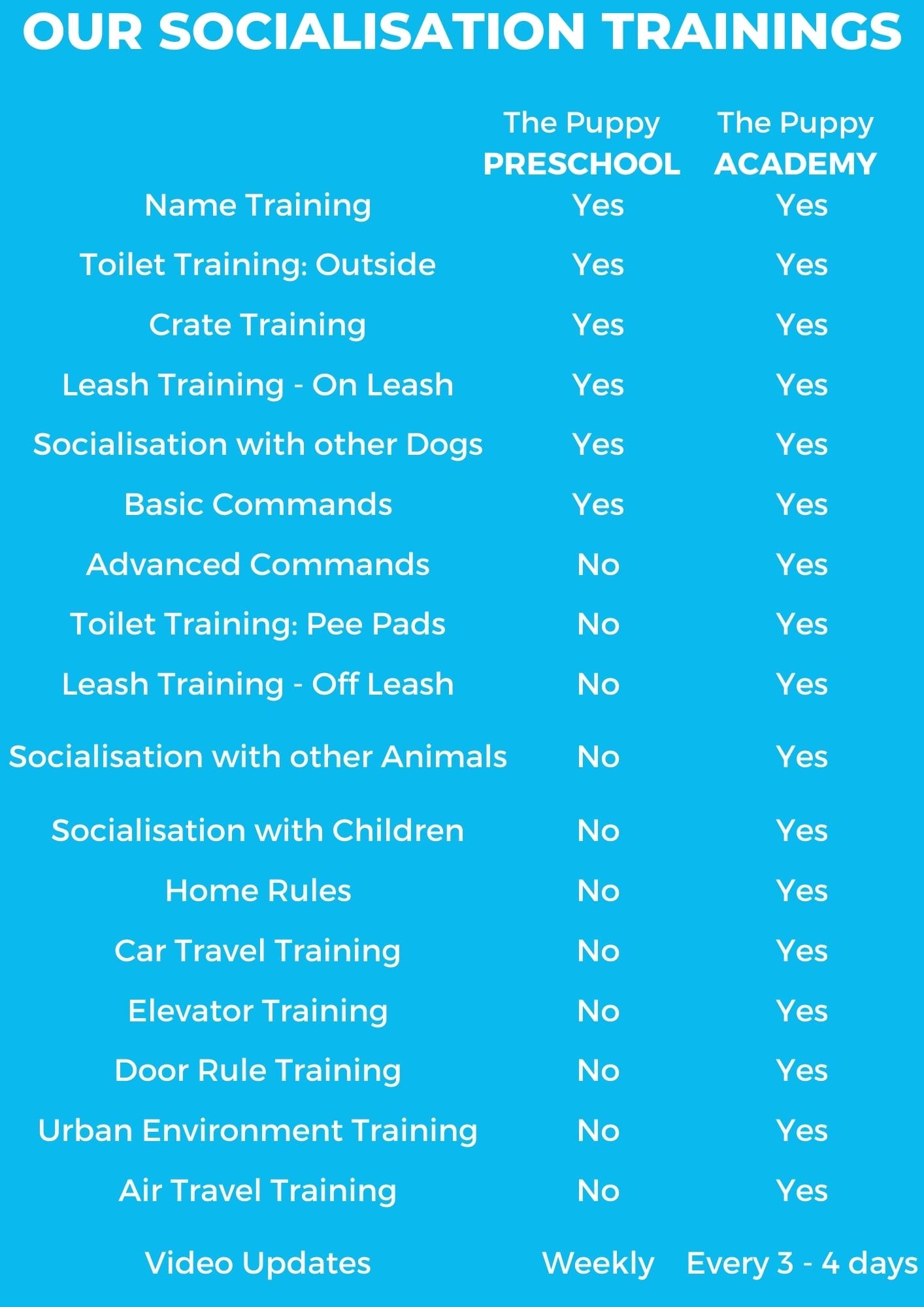Socializing your puppy
You’ve been looking forward to this day for the past couple of weeks: the day where you will show your beaming mug to the world in the presence of your newest family addition … your puppy. You’re also tired of following your puppy around the house with a mop and can’t wait to teach it to do its business outside. You think that your puppy is the cutest little thing in the world … well except when it starts chewing on sleeves. It really needs to stop doing that. Will it like playing with other dogs? Will other dogs like it? Will it behave when you go out with your friends? Will it start begging for stuff? Will your friends and acquaintances spoil the puppy behind your back? Will it learn to walk properly on a leash?
All of a sudden your enthusiasm starts to wane. Although these are all legitimate concerns, teaching proper behaviour and etiquette to your dog takes time. And just like in humans, puppy learning demands repetition and a learning curve usually follows.
Your puppy vs the world
Going out into the big, wide world is one of those very significant episodes in your puppy’s life. It comes only a couple of weeks after being separated from its mother and sibling, it’s no wonder that some puppies find it a bit too overwhelming to take it in all at once. Some, on the other hand, just stride out on the pavement as if they own the place. However, in both cases, there is an imminent need for you to teach them the ways of the world we live in. Being overly timid or being overly confident can both result in dangerous situations. Confidence is key, and you need to be confident yourself in order for some of it to rub off on your puppy. So stride out with confidence and keep a careful eye on your puppy. If your puppy is afraid of being outside, fuss the puppy and give it treats in order to help it associate the experience with something positive. If your puppy is a bit too enthusiastic keep the leash short and don’t allow it to wander around and pester people. Speak to your puppy to reign in its attention and distract it from anything that might either scare it or pique its curiosity. If something scares your puppy do not make a fuss no matter how anxious you feel about the whole experience. If your puppy sees you making a fuss when it gets scared it starts to associate that particular thing with your anxiety. Praise your puppy and be reassuring in these kinds of circumstances.
Meeting other people
The above applies to this case too. Over eagerness to meet people and being too shy can be both harmful when your puppy is in the process of learning how to interact with people. Both behaviours should be discouraged. Over eagerness is detrimental because not everyone likes a dog’s attention, especially when these dogs are over excited to see you. People that have a fear or aversion of dogs usually would prefer to interact at their own pace, and are more open to meeting dogs that are capable of containing their excitement and approach slowly. Training your dog to behave calmly around people from when it is a puppy, will teach it the way to behave when it matures and grows physically larger. This will also protect your dog as people that are afraid of dogs often react unpredictably when rushed; they may kick your dog or attempt to defend themselves by any means possible. Dogs don’t like such drama in their life and such a rebuttal of their affection might prove to be catastrophic when it comes to them trusting strangers in the future. Overly shy dogs on the other hand should be made to have positive experiences around people especially during the earlier phases in their life. Adult shy dogs have the tendency of being insecure around people and insecure animals are often dangerous. If a dog is insecure and people approach it suddenly it may perceive this interaction as a threat, and the dog might react excessively to defend itself ending up injuring the person or giving the lasting impression that the dog is vicious.
Meeting other dogs
It is always wise to supervise the interactions of your dog around strange dogs; more so as they are going through their puppy phase. Supervising your dog as it is interacting with other dogs, not only makes you aware of things if they are becoming a bit too rough to be considered play but also lets you learn your dog’s behaviour as it interacts with its canine counterparts. This teaches you to learn the patterns and anticipate your dog’s behaviour and to learn which kinds of dogs your dog likes to interact with. It is inevitable that your dog might harbour preferences for different dogs. A dog that you might think is sweet might be detestable to your dog. Do not force dogs that don’t like each other to interact, as this does not always end well. Teach your dog to behave calmly around dogs it does not necessarily like by keeping a calm demeanour and associating these dogs with positive experiences through positive reinforcement. If your dog is shy around dogs, it is best to first start interacting with calm, aloof dogs that do not pester it excessively. Until both dogs get used to each other, it is best to organize the initial play dates in a neutral environment which neither dog perceives as familiar territory.
Aggression
If your puppy is showing persistent aggressive behaviour and you seem not to be able to handle it; please do not hesitate to contact a professional dog trainer. There is no shame in seeking the help of professional dog trainers that use humane methods to help with your dog’s behaviour. It’s best to be a responsible dog owner and ask for help, as failing to do so might result in the injury of some other person or dog. This could be devastating for all parties you might get implicated in a court case, your dog put down and the other owner or dog injured or even dead. It is always advised to cut no corners when it comes to both you and your dog being responsible members of your community. This will ensure that you will both have a satisfactory social life with all people and dogs involved staying safe and content.






















